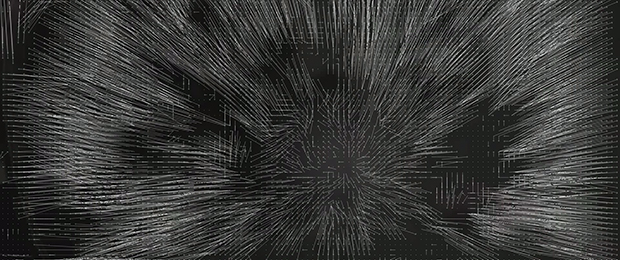"science of moving dots" entries

Movement data is going to transform everything
The O'Reilly Radar Podcast: Rajiv Maheswaran on the science of moving dots, and Claudia Perlich on big data in advertising.
Subscribe to the O’Reilly Radar Podcast to track the technologies and people that will shape our world in the years to come.
In this week’s Radar Podcast episode, O’Reilly’s Mac Slocum chats with Rajiv Maheswaran, CEO of Second Spectrum. Maheswaran talks about machine learning applications in sports, the importance of context in measuring stats, and the future of real-time, in-game analytics.
Here are some highlights from their chat:
There’s a lot of parts of the game of basketball — pick and rolls, dribble hand-offs — that coaches really care about, about analyzing how it works on offense, how to guard them. Before big data and machine learning, people basically watched the games and marked them. It turns out that people are pretty bad at marking them accurately, and they also miss a ton of stuff. Right now, machine learning tells coaches, ‘This is how many pick and rolls these two players have had over the course of the season, how often they do all the different variations, what they’re good at, what they’re bad at.’ Coaches can really find tendencies that can help them play offense, play defense, far more efficiently, based off of machine learning.
What we’re doing is having the machine match human intuition. If I’m watching a game, I know that the shot is harder if I’m farther away, if I have multiple defenders, if they’re close, if they’re closing in on me, if I’m dribbling, the type of shot I’m taking. As a human, I watch this and I have an intuition about it. Now, by giving all that data to the machine, it can make a predictor that actually matches our intuition, and goes beyond it because it can put a number onto what our intuition tells us.

The data lake model is a powerhouse for invention
In this O'Reilly Radar Podcast: Edd Dumbill on the data lake, and Rajiv Maheswaran on the science of moving dots.
In a recent blog post, Edd Dumbill, VP of strategy at Silicon Valley Data Science, wrote about the phrase “data lake.” Likening it to a dream, he described a data lake as “a place with data-centered architecture, where silos are minimized, and processing happens with little friction in a scalable, distributed environment…Data itself is no longer restrained by initial schema decisions, and can be exploited more freely by the enterprise.” He explained that he called it a “dream” because “we’ve a way to go to make the vision come true” — but noted he’s optimistic the dream can be realized.
Subscribe to the O’Reilly Radar Podcast
In this Radar Podcast epidsode, O’Reilly’s Mac Slocum sits down with Dumbill to talk about the data lake, the opportunities the model presents, and the driving forces behind the concept. Read more…

The science of moving dots: the O’Reilly Data Show Podcast
Rajiv Maheswaran talks about the tools and techniques required to analyze new kinds of sports data.
Many data scientists are comfortable working with structured operational data and unstructured text. Newer techniques like deep learning have opened up data types like images, video, and audio.
Other common data sources are garnering attention. With the rise of mobile phones equipped with GPS, I’m meeting many more data scientists at start-ups and large companies who specialize in spatio-temporal pattern recognition. Analyzing “moving dots” requires specialized tools and techniques.
Subscribe to the O’Reilly Data Show Podcast
A few months ago, I sat down with Rajiv Maheswaran founder and CEO of Second Spectrum, a company that applies analytics to sports tracking data. Maheswaran talked about this new kind of data and the challenge of finding patterns:
“It’s interesting because it’s a new type of data problem. Everybody knows that big data machine learning has done a lot of stuff in structured data, in photos, in translation for language, but moving dots is a very new kind of data where you haven’t figured out the right feature set to be able to find patterns from. There’s no language of moving dots, at least not that computers understand. People understand it very well, but there’s no computational language of moving dots that are interacting. We wanted to build that up, mostly because data about moving dots is very, very new. It’s only in the last five years, between phones and GPS and new tracking technologies, that moving data has actually emerged.”
